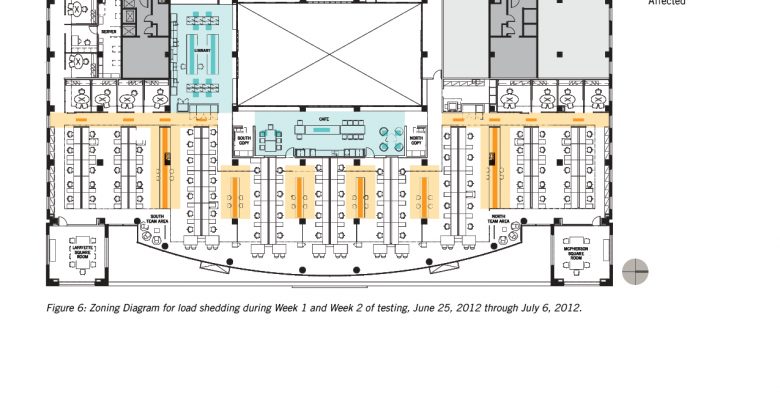This research focused on the use of lighting control systems in an office environment by studying the role of smart lighting strategies and their effects on the office. By sequentially testing these strategies for twelve consecutive weeks, this study worked to determine the ability of each approach to reduce the overall energy consumption, while incurring minimal consequences on productivity and comfort. Using two energy management systems installed in the office – Encelium Lighting Control and Pulse Energy Data – three methods were chosen for this study: task tuning, variable load shedding, and daylight harvesting. The test revealed successes and limitations for each of the strategies. Task tuning suggested an appropriate relationship between reducing lighting loads and maintaining comfortable light levels in the work environment;load shedding revealed the difficulty to shed “secondary” lights with minimal impact in an open office environment; and daylight harvesting challenged the depth at which natural light may be effective as a primary means of illumination. While this article was developed as a means to analyze and better understand the potential for smart lighting strategies in a work environment, the results derived from this testing were specific to the physical conditions – including solar orientation and lighting design – of the Perkins+Will Washington DC office and may only be used
as suggestive reasoning for energy efficient design strategies.
This article originally appeared in a Special Issue dedicated to our Innovation Incubator Research: Vol 06.01 of the Perkins+Will Research Journal. CLICK HERE to see the whole article.

